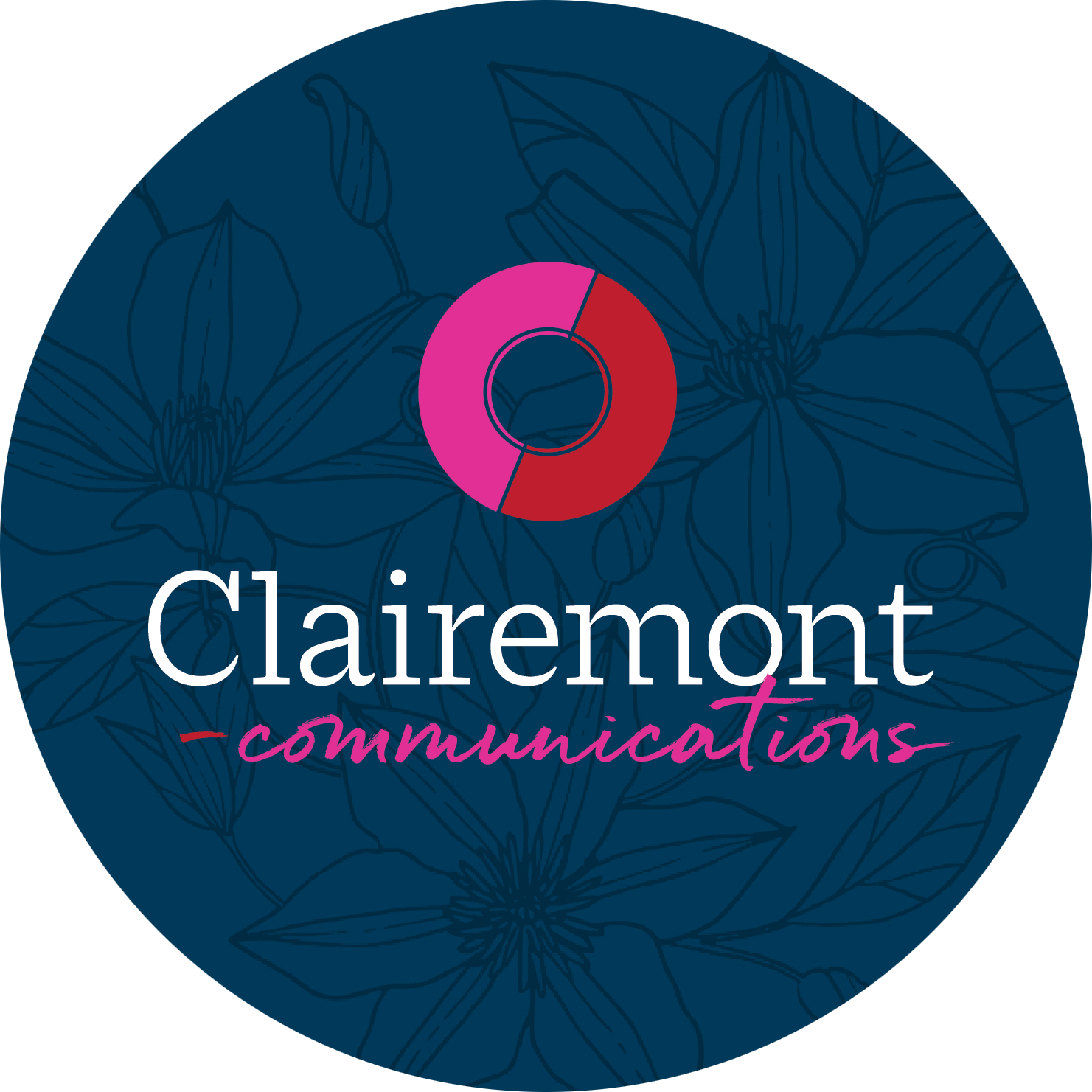You’re done with your old mattress. Back pains, a weird lump, either too hard or too soft. Total Goldilocks moment. When you’re ready to seek your new, “just right” mattress, what do you do?
As it turns out, almost all of us would phone a friend. A research report by TapInfluence and Influitive indicates that 92 percent of consumers look to people they know as their leading source for recommendations.
That’s a hefty statistic that prompts any marketing strategist to consider tactics like influencer partnerships and influencer campaigns.
Quick marketing lingo crash course: In an influencer campaign, the company or brand partners with individuals who are considered leaders in their respective niches. Typically, these individuals have garnered a large following on social media and wield serious clout to sway behavior or opinion with their content. When done strategically, influencer marketing can move the needle in product visibility, positioning, desirability and sales.
But before you blow up the DM boxes of Instagram accounts, consider these five cornerstone elements to craft a successful influencer campaign.
The Right Platform
First and foremost, define your audience for your campaign or product. Don’t settle for generic buckets, like “women, ages 44-54 who have children.” Pinpoint several audiences or sub-audiences defined by behaviors, hobbies, seasonal wishes, websites they frequent and (here’s an interesting one) upcoming life stages. Future plans affect current decisions, my friends.
Determine which social media platform your audience frequents. For example, if I’m selling a Waterpik targeted to ladies in their 40s, I wouldn’t partner with a Snapchat influencer. In addition to demographics, product type will influence your social media platform. Instagram’s visual nature works perfectly for something like a fashion handbag line, while Facebook or YouTube better suits food products with opportunities for popular step-by-step recipe videos.
The Right Goal
Wade through the plethora of marketing metrics to determine your ideal end game. What does campaign success look like for your product? Is it a sales goal or does it trend toward engagement, awareness and visibility?
Then define your influencer campaign benchmarks. Are you optimizing these influencer campaigns for metrics including likes and shares? Click-through rates? Product purchases? Video views? Are you creating a sales funnel that begins with the influencer and then allows you to retarget web traffic? Define this process with a fine-toothed comb to pinpoint a clear path to purchase.
The Right Influencer(s)
There’s no shortage of stars and wannabe-stars on social media. Determine your ideal influencer’s criteria, such as followership, industry (and micro-industry), activity, connections and — of course — compatibility with your product. Reference your initial campaign to ensure a strong fit.
You can use database tools to help the search for influencers, such as Inpowered and Little Bird. But keep in mind that you’ll need to vet their findings manually.
You can also manually search Google and social platforms using creative combos of keywords, brand terms and location. At Clairemont, we maintain a strong network of relationships with influencers across several industries and regions, and often word-of-mouth recommendations from this group lead us to our next influencer connection.
The Right Offer
What are you asking the influencers to do? If working toward a sales goal, consider asking your influencers to pair their content with a promotional offer or coupon. Forbes.com cited a case study in which influencer marketing increased in-store coupon redemptions by 44.8 percent as opposed to the typical 15 percent redemption rate.
The Right Execution
That devil … he’s in the details, as we all know. Timing can prove a pitfall in hasty influencer campaign. Many influencers book partnerships for seasons such as the holidays far in advance. Careful planning for a campaign should address timing and fee structures as well as clearly define the types and frequency of content posted by the influencer.




